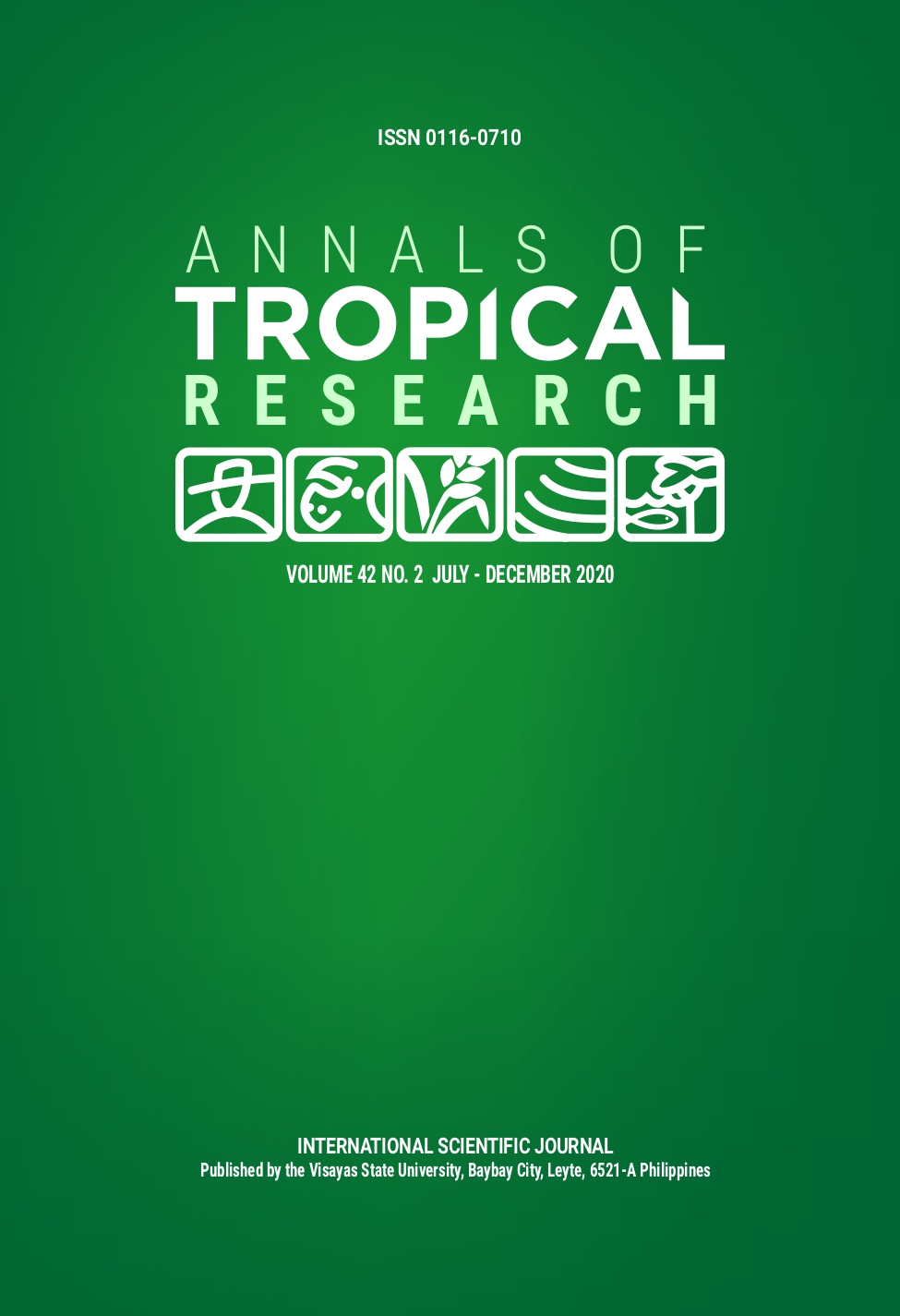Comparative DNA Analysis of Coconut (Cocos nucifera L.) palms with polyembryonic and monoembryonic origins
DOI:
https://doi.org/10.32945/atr4222.2020Keywords:
Philippine Makapuno, Cocos nucifera L., polyembryony, twinning, DNA analysisAbstract
Makapuno is a rare, high-value coconut in the Philippines known for its extraordinary thick gelatinous meat with various uses in the food industry. Homozygous makapuno embryos do not germinate in vivo so plantlets are produced in vitro. where one plantlet grows from an embryo. Rare cases of polyembryony were observed in makapuno hybrids developed bythe Visayas State University, Knowledge of the genetic control of polyembryony may be used to increase the production of planting materials of these rare coconut types.
DNA analysis of two sets of twins (polyembryonic), three monoembryonic hybrid palms, and their monoembryonic parental cultivars Coconiño and tall makapuno was done using seven DNA primers to determine differences which may be associated with polyembryony in the hybrids. Polyacrylamide Gel Electrophoresis of PCR products showed DNA fragments amplified by primers CAC2 and CAC56 which are unique to the twins suggesting that polyembryony might have a genetic origin.
Downloads
Submitted
Published
How to Cite
Issue
Section
License

This work is licensed under a Creative Commons Attribution-NonCommercial-NoDerivatives 4.0 International License.











